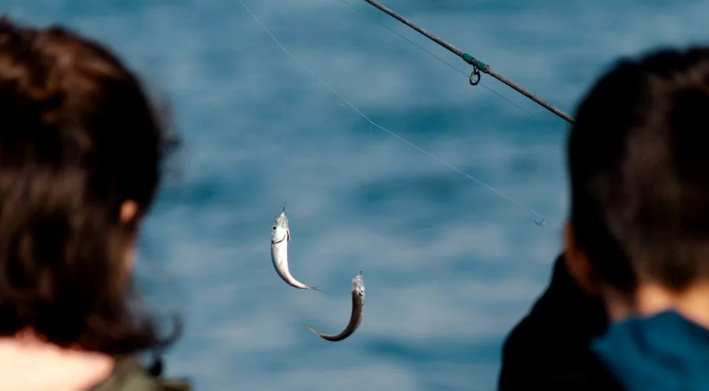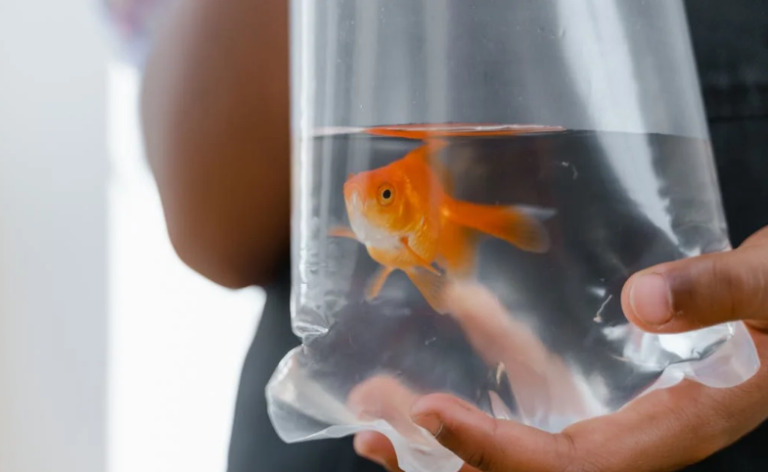Fish jerky is a tasty and healthy snack that’s perfect for those who love seafood. Making your own fish jerky at home is simple and allows you to customize flavors to your liking. Here’s a step-by-step guide on how to make fish jerky.
Ingredients and Equipment
Ingredients
- Fresh fish (such as salmon, trout, or tuna)
- Salt
- Sugar
- Spices (optional, such as black pepper, garlic powder, paprika, or cayenne pepper)
- Soy sauce or teriyaki sauce (optional for added flavor)
Equipment
- Sharp knife
- Cutting board
- Mixing bowl
- Dehydrator or oven
- Baking sheet (if using an oven)
- Parchment paper or silicone baking mat
- Airtight container for storage
Step-by-Step Instructions to Make Fish Jerky

Step 1: Choose the Right Fish
The first step in making fish jerky is choosing the right type of fish. Fresh, firm-fleshed fish like salmon, trout, or tuna work best. Make sure the fish is fresh and has been properly cleaned and filleted. It’s important to remove any bones and skin for easier preparation and better texture.
Step 2: Slice the Fish
Once you have your fish fillets ready, use a sharp knife to cut the fish into thin strips. The strips should be about 1/4 inch thick. Thinner strips will dry out more quickly and evenly. Cutting the fish against the grain can help create a better texture for your jerky.
Step 3: Prepare the Marinade
In a mixing bowl, combine salt, sugar, and your choice of spices. A basic marinade might include 1/4 cup of salt, 1/4 cup of sugar, and a teaspoon each of black pepper, garlic powder, and paprika. If you want to add more flavor, you can include soy sauce or teriyaki sauce in the marinade. Mix all the ingredients well.
Step 4: Marinate the Fish
Place the fish strips in the marinade, ensuring they are well-coated. Cover the bowl and refrigerate for at least 4-6 hours, or overnight for a more intense flavor. Marinating helps to infuse the fish with the seasoning and also helps in the curing process.
Step 5: Drain and Pat Dry
After marinating, drain the excess liquid from the fish strips. Pat them dry with paper towels. This step is crucial because it helps to remove any extra moisture, which will aid in the drying process.
Step 6: Prepare the Dehydrator or Oven
Using a Dehydrator
If you have a dehydrator, arrange the fish strips in a single layer on the dehydrator trays. Make sure there is space between each strip to allow for proper air circulation.
Using an Oven
If you don’t have a dehydrator, you can use your oven. Preheat the oven to its lowest setting, usually around 150-170°F (65-75°C). Line a baking sheet with parchment paper or a silicone baking mat, and place the fish strips in a single layer on the sheet.
Step 7: Dry the Fish
Dehydrator Method
Set the dehydrator to 145°F (63°C) and let the fish strips dry for 4-6 hours. Check periodically to ensure they are drying evenly. The fish jerky is done when it is dry to the touch, chewy, but not brittle.
Oven Method
Place the baking sheet in the preheated oven. Keep the oven door slightly ajar to allow moisture to escape. Dry the fish strips for 4-6 hours, flipping them halfway through the process to ensure even drying. The fish jerky is ready when it is dry to the touch and has a chewy texture.
Step 8: Cool and Store
Once the fish jerky is fully dried, remove it from the dehydrator or oven and let it cool completely. After cooling, store the fish jerky in an airtight container. It can be kept at room temperature for a few days, but for longer storage, keep it in the refrigerator or freezer.
Tips for Making the Best Fish Jerky
Choose Fresh Fish
Always use the freshest fish available. Fresh fish ensures better flavor and texture in your jerky. Check for clear eyes, bright red gills, and a mild smell to confirm the fish’s freshness.
Experiment with Flavors
Don’t be afraid to experiment with different spices and marinades. Adding ingredients like lemon juice, honey, or various herbs can create unique flavors. You can also try different types of fish to see which one you prefer.
Use a Food Thermometer
If you’re using an oven, a food thermometer can help ensure your oven stays at the right temperature. Keeping the temperature low is key to properly dehydrating the fish without cooking it.
Check for Doneness
Fish jerky should be dry to the touch and have a firm, chewy texture. It shouldn’t be overly hard or brittle. If you’re unsure, you can take a piece and test it. Properly dried jerky will not snap when bent but will be flexible.
Store Properly
Proper storage is essential to keep your fish jerky fresh. Using an airtight container prevents moisture from getting in and spoiling the jerky. If you plan to store it for an extended period, refrigerate or freeze the jerky.
Conclusion
Making fish jerky at home is a rewarding process that results in a delicious and nutritious snack. By following these steps and tips, you can create your own fish jerky with customized flavors and textures. Whether you use a dehydrator or an oven, the key is to ensure the fish is properly marinated, dried, and stored. Enjoy your homemade fish jerky as a snack on its own or as a protein-packed addition to your meals.



